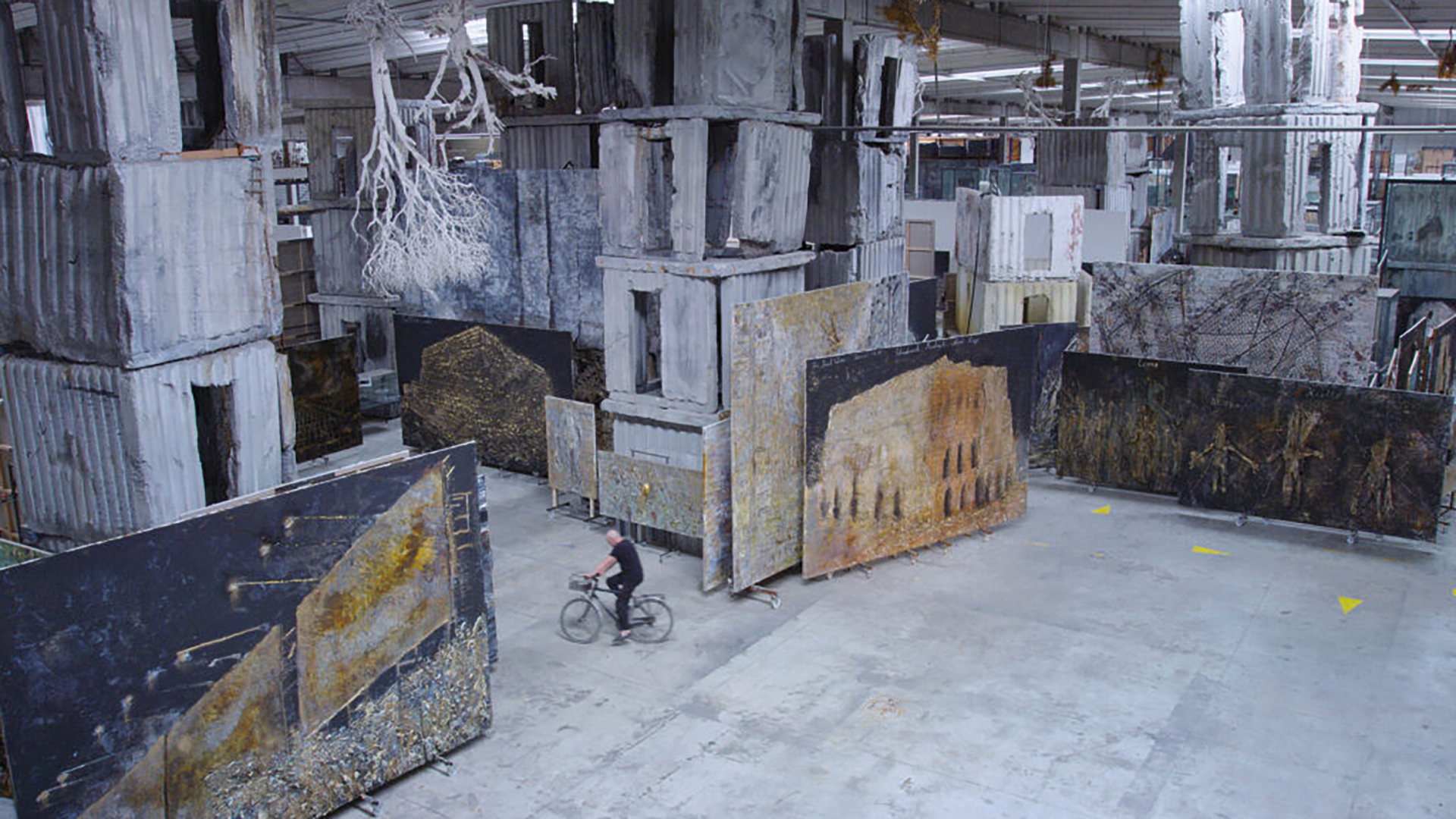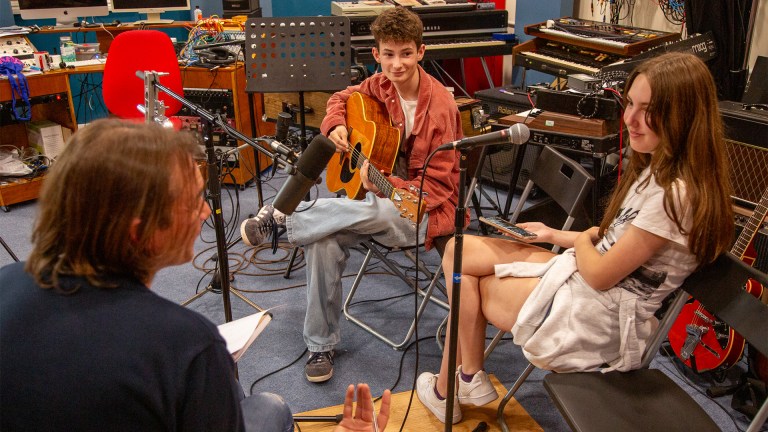He is a year older than me; it would be like me spending the whole of my life making debris and art to capture not a defeated Germany but a defeated postwar, slum-strewn Notting Hill; a terrain of defeat and smashed houses and broken lives. The difference is that my terrain was carefully brought into being by a steady growth of late Victorian and 20th-century poverty, bankruptcy and neglect. A bankruptcy of thinking by our imperial masters, who thought it was alright for a supposed civilisation to let people live with rats and disease a threepenny bus ride from Buckingham Palace.
Kiefer was so successful early on that he had the money to buy a vast, redundant brickworks to fill to overflowing with what looked like the debris of war. Convinced that Germany was sleepwalking through its postwar period, denying its former Nazified world, he wished to provoke people from their myopia and denial into recognising their culpability. He challenged through his art the German desire to bury the truth.
He asked of postwar German intellectuals, “What would you be doing if you were living and active in 1939? Would you have stuck your neck out? Or would you, like Martin Heidegger, the famous philosopher briefly featured in the film, who joined the party of the murderous antisemitic regime when Hitler came to power in 1933, have embraced Nazism wholeheartedly?”
At times silently, often quietly, the film tells of this debris-like world of Kiefer as he prods the German
consciousness, making the artist big in America where his first major exhibition showed mock-ups of V-rockets and other pieces of the inventory of war.
Not satisfied with his enormous, artistically rubbished German brick works, he bought 200 acres of semi-derelict industrial land in southern France and made an even bigger upheaval. Piles of seemingly bomb-damaged towers of rooms imitate the damaged cities of his childhood in this bigger setting; even more successfully creating his loss-world of recent German history. As if in some ways he might be creating an appendage to Auschwitz, a monument to a collapsed and poisoned ideology.
I watched Anselm in early December in Cambridge and came out of the cinema dazed by the complete submersion in Kiefer’s world. Wenders’ film recorded one man’s obsession with war and death, even though there is little or nothing of death, and that was its intention. But I could not rid myself of a sense of contemporary pain. Of the deaths of Gazans in their thousands after the retribution for 7 October, that horrific attack that saw murdered Jews, like nothing seen since Germany’s Holocaust.
Advertising helps fund Big Issue’s mission to end poverty
But would any of this later history have taken place if the war that Kiefer tries to cling on to had not taken place? Would Palestinian and Jew have met in the way they met if Germany’s political system had not thrown up Hitler and his murderous machinery to kill six million Europeans simply on the basis of their ethnicity?
The debris of history, something I have been writing about, struck me forcefully. One action sets off a chain reaction.
In many ways Anselm is a beautiful film. And it does not make us tourists in the life of a historical tragedy.
Showing us one of his huge oil paintings of the rough terrain of a piece of land, incorporating ridges and even straw, he makes a poignant comment: it is difficult to paint landscape once it has been overrun by tanks.
Anselm shows one whole life trying, creatively and artistically, to keep something alive that could be consigned to the dusty corners of books and archives. Kiefer is a monumental, larger than life artist, describing what was left after Germany tried to tear up history and start it again as a Germanic story. Its echoes still live on in our troubled times.
John Bird is the founder and editor-in-chief of The Big Issue. Read more of his words here.
Advertising helps fund Big Issue’s mission to end poverty
Do you have a story to tell or opinions to share about this? We want to hear from you. Get in touch and tell us more
This article is taken from The Big Issue magazine, which exists to give homeless, long-term unemployed and marginalised people the opportunity to earn an income. To support our work buy a copy!
If you cannot reach your local vendor, you can still click HERE to subscribe to The Big Issue or give a gift subscription. You can also purchase one-off issues from The Big Issue Shop or The Big Issue app, available now from the App Store or Google Play









